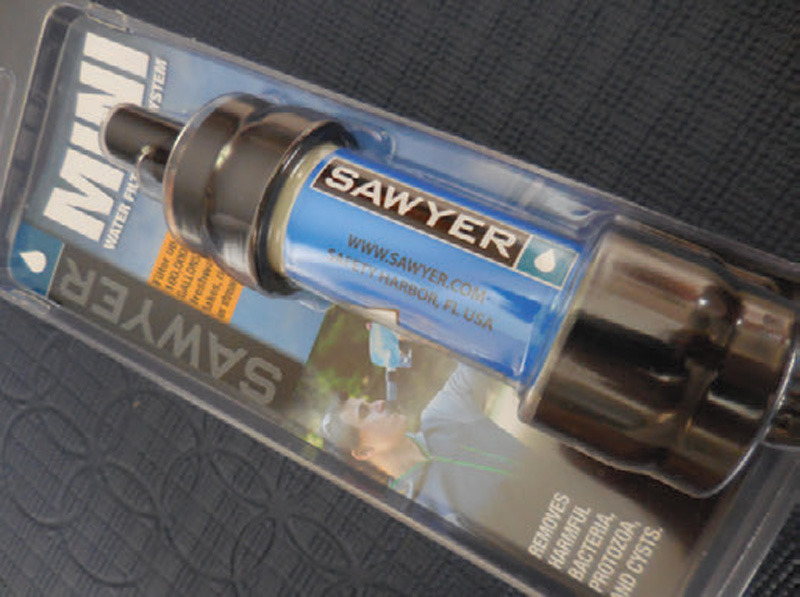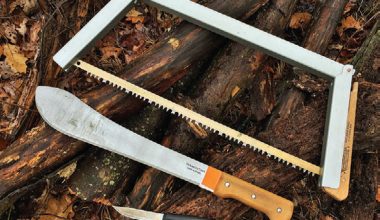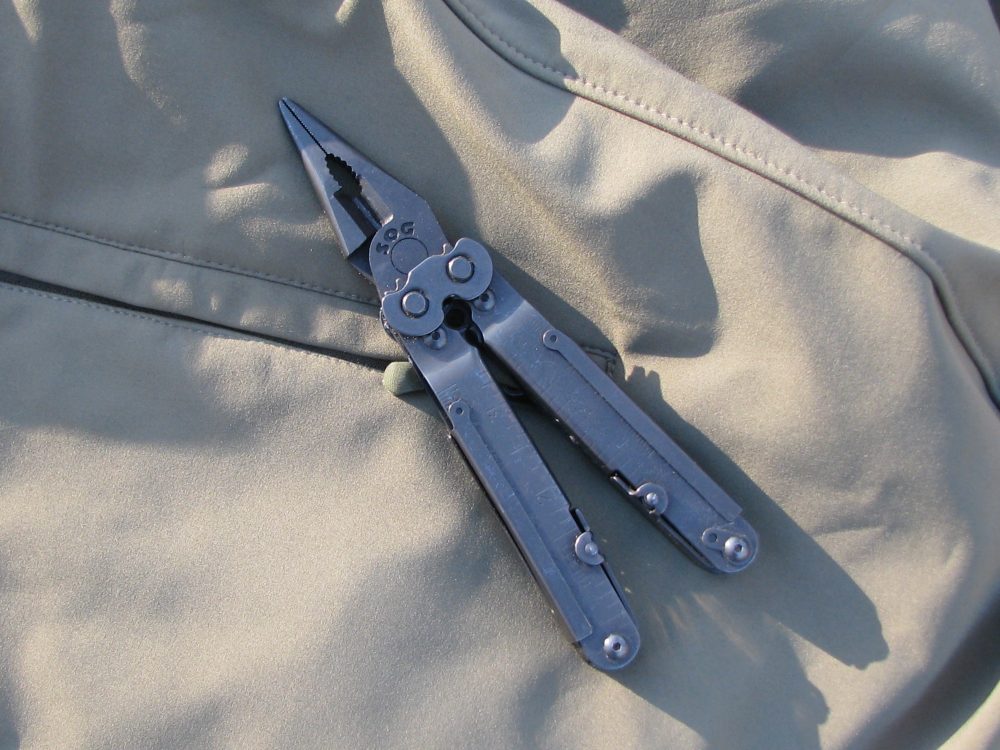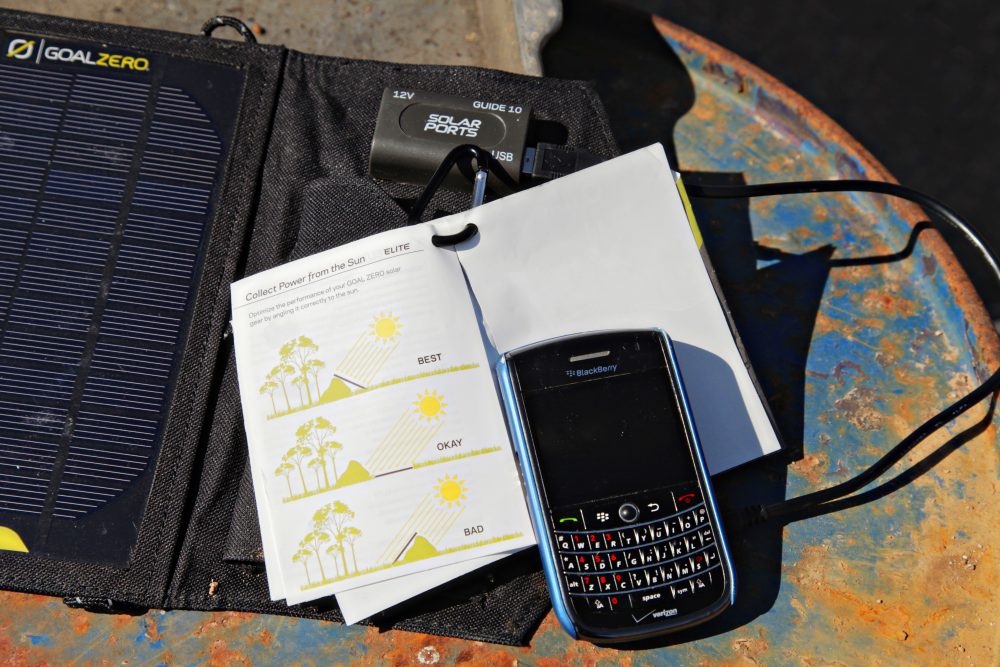“PREPAREDNESS” is a word that gets thrown around quite a bit these days. Its meaning is often the subject of much disagreement. But regardless of how you define it, most of us agree that being prepared requires time, effort, commitment, awareness, skills, gear, and supplies.
Did I mention commitment? Maintaining that edge at home is difficult enough, but doing so while traveling can be especially challenging. Once you leave the familiarity of your hometown, it’s a whole other ball game.
When you’re away, you not only give up the home-court advantage, but you’re forced to operate without the benefit of the majority of your gear, supplies, and support network. But travel is part of modern life.
There are many things you can do to protect yourself and your family while away from home. You need to start thinking about this long before you leave, and you need to make plans and preparations. In this article, we focus on the travel basics and getting you started with arrangements.
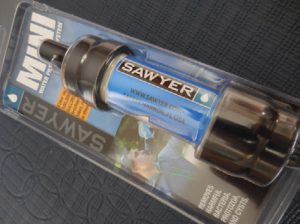
Table of Contents
THE VACATION CHALLENGE
You just started a week-long trip with the family at a popular theme park— one of those magical places where folks hand over wads of cash for the privilege of standing in line for hours alongside mobs of poorly mannered strangers and their feral offspring.
But your kids are ecstatic, your daily routine is nowhere to be found, and you’re all in vacation mode. Well, maybe not everybody. You don’t admit it easily, but leaving your home for an extended trip always makes you feel anxious and uncomfortable.
For one thing, you’re parting with all your supplies. You can bring some extra stuff with you, but it’s not the same. Your family may be on
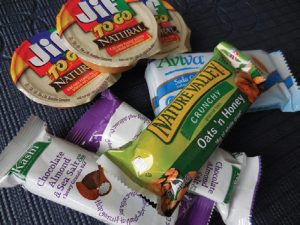
vacation, but you know the world around you continues on its hurried pace, and it doesn’t get any safer because you’re in a magical land of enchantment.
But you are determined to make the best of it. The challenges are to have fun, relax, and enjoy the time away from home while still managing the situation and keeping yourself and your loved ones safe and secure—a tall order indeed.
Does any of this sound familiar? It should. If you’re a regular reader of S.W.A.T. Magazine, your mind operates at a level that is exceedingly different than the majority of the people in that very long line. You understand that we live in a dangerous and unpredictable world. This is not negative thinking. It’s a highly accurate and very healthy evaluation of reality—a reality many people willingly ignore.
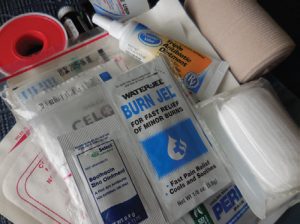
You also understand that each of us must take personal responsibility for our safety, well-being and security. You’ve arranged your life, surroundings, and lifestyle to reflect this reality, and this mindset provides you with a level of sanity in a world seemingly gone mad.
The problem is that modern life often calls upon us to leave our well-designed corner of relative safety and enter that other world. For those of us who are awake, life in that other world can be very uncomfortable. Why? Because we understand what lies beneath the thin veneer of normal everyday life, and it’s not pretty. It’s one of the many reasons we are committed to being prepared.
THE FIRST STEPS
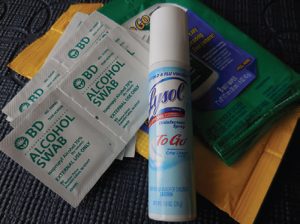
Advance planning is key, but before any planning can occur, you must first establish your goals and objectives. Where are you going? What do you know about your destination? Will you fly, drive, or take a train? How long will you be gone? Where are you going to stay? Are you traveling by yourself or with others? Does anyone in your group have special medical needs?
These and other questions will help start to focus your preparations. Understand the circumstances and limitations, and come up with a plan of action—and back-ups to those plans.
Every situation is different, but certain basics must always be addressed. It’s best to focus our attention on those basics, since they will remain the same no matter where we are or what we are doing. These basic elements are:
- Food
- Water
- First Aid and Medical
- Personal Security and Self-Defense
- Sanitation and Hygiene
- Knowing When To Stay Put and When To Get Out
These are the things that really matter in an urban survival situation—things that may determine whether you live or die.
STRATEGIES FOR SAFE TRAVEL
Even though every situation is different, we have compiled a list of suggestions to get you started. While there will be many more issues for you to consider, this is a good place to start your planning and to build a strong foundation for future efforts.
- Every Day Carry (EDC): Have a trip-specific EDC, items you carry to assist in dealing with everyday needs. What we carry at home may differ from what we carry when we’re away from home, but the idea remains the same. Some would argue that travel EDC is even more important, since you are away from home and may need to rely on those EDC items even more so than if you were closer to your main supplies.
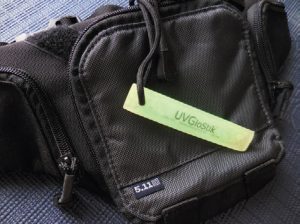
A sample travel EDC may include your wallet, cash ($250 to $500 in small bills), extra set of car keys if you drove to your destination, travel documents, a pocket knife or multi-tool, cell phone and charger, emergency back-up power supply, extra prescription medication, small first aid kit, flashlight, defensive weapon, list of important contacts with phone numbers and email addresses, and a small water filter. (For more details, see READY FOR ACTION: Everyday Carry Gear, February 2015 S.W.A.T.)
- Food: If something happens during your trip, you probably won’t be able to run home to your food supplies. Planning to feed your family during an emergency situation is an exercise in packing compact, calorie-dense, shelfstable open-and-eat foods. No five-star white-tablecloth dining here, just basic emergency calories. Consider packing high-calorie energy bars, granola, travel- size peanut butter, and even freezedried pouches if space allows. During a crisis, it’s all about the calories. No one in your group will be happy to eat this stuff, but it will keep them alive.
- Water: This is a huge issue and a more difficult problem to address than food. Water is heavy and difficult to move around. We also use a lot of it. Most people need at least one gallon per day just to drink. The water supply that many people take completely for granted can quickly be threatened by natural or man-made disasters.

If the water supply becomes contaminated, getting access to disinfected water, especially while you’re away from home, can become a life-or-death struggle. The Sawyer MINI Water Filter weighs only two ounces and removes harmful bacteria, protozoa, and cysts without using chemicals. According to the manufacturer, each unit can filter up to 100,000 gallons of water. Bring one for every member of your group.
- First Aid and Medical: Pack a first aid kit with a small supply of all the essentials. Since it’s almost impossible to predict what you will actually need, your goal is to have multi-purpose basic items: bandages, antibacterial ointment, clotting agents, gloves, burn gel, medicine for pain or fever, anti-diarrheal medication, EpiPen for severe allergic reactions, etc.
If you or any member of your group relies on prescription medications, bring an extra seven-day supply and a copy of the doctor’s prescription. If your return trip is interrupted or delayed, you’ll want to have enough meds until you get home.
- Security and Self-Defense: If you can legally carry what you carry at home and it makes sense to, do so. This expands your available options. If not, make reasonable adjustments. Whatever you do, make sure you plan it out carefully, exercise common sense, and take safety precautions.
- Sanitation and Hygiene: The world outside your home can be a pretty disgusting place, harboring a plethora of germs, bacteria, and other nasties. The World Health Organization reports high proportions of antibiotic-resistant bacteria in all regions of the world. Popular destinations routinely receive travelers from all around the globe.
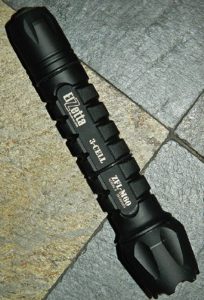
Take reasonable precautions and pack supplies to clean and disinfect the most used surfaces in your hotel room—bathroom, bed, TV remote, doorknobs, light switches, etc. You have no idea who was in your room, what they did in it, or how well it was cleaned before you checked in, so assume the worst. Wash hands often and attend to any cuts, scrapes, or burns immediately to avoid complications. Bring a generous supply of antibacterial and disinfecting wipes, gels, and sprays.
- Knowing When To Stay and When To Go: During a trip away from home, you are more likely to encounter an evacuation than a bugging-out scenario. You are also less likely to shelter-in-place since your supplies, resources, and control over the property will be minimal to none. Evacuating a hotel room at the first sign of trouble may seem like a no-brainer, but you need to have a viable plan and a safe evacuation route. (See “Hotel/Motel Safety”)
BON VOYAGE!
Travel should be fun and exciting, bringing family and friends together for good times. With some planning and preparation, you can increase your chances of surviving whatever the journey or destination may throw your way, while still maintaining some peace of mind … and maybe even having a great time.
Stay safe and be prepared.
HOTEL/MOTEL SAFETY
Immediately upon check-in, scout out your hotel/motel room and the entire building, including all stairwells, halls, exits, etc. While everyone else is checking out the bar, you’ll be looking over all the things that 99% of the population never even think about.
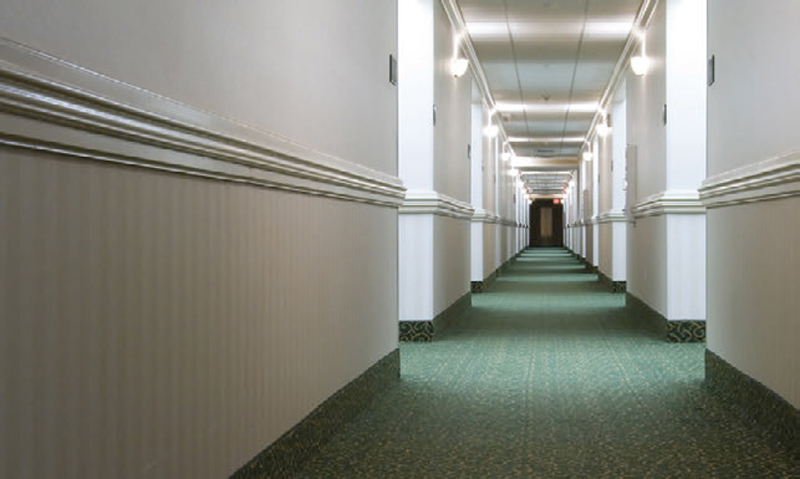
Of special importance are the exit routes from your room. Walk all possible paths of egress out to the parking lot or street. Pay attention to the distance from your room to the fire exits and count how many doors there are from your room to the stairwell. In the event of a fire, for example, your vision may be impaired by smoke, darkness, or both. You may need to feel your way to the exits, possibly while crawling along the floor. The more you know about the route, the safer your journey will be. When you make your reservation, request a low floor close to the stairs.
Prepare a small bag to carry your EDC travel items during your stay. Never unpack this bag. In fact, the bag should never leave your side. When you arrive at your hotel for the evening, pick a location close to your bed and place this bag in the same spot each evening for the duration of your stay.
In the event an emergency forces you to leave your hotel room in a rush and you only have time to grab one thing, this is the one thing you will take with you. It contains all your EDC items to help you at least get back home. (Imagine trying to gather all your important items during an emergency evacuation, possibly in the dark: wallet, cash, phone, keys, etc.)
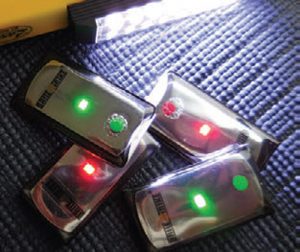
Attach a UV PaqLite reusable glow stick to the outside of your bag to make it easier to find in the dark. (It’s not a bad idea to attach a reusable glow stick to all small children, to help find them in the dark too.) Lastly, place a good flashlight on the nightstand next to your bed. If you do this at home—and everybody should do this at home—why wouldn’t you do this in an unfamiliar environment such as a hotel room?
Also consider Brite-Strike All Purpose Adhesive Light Strips (APALS) emergency lighting. The disposable APALS are low cost, waterproof, shockproof, have a runtime of 80+ hours, and are easily activated with the push of a button. Attach an APALS next to the room’s exit and activate it each evening before going to bed.
Knowledge and skills are always more important than stuff. This is especially true when you are traveling. While you will never be able to bring all your gear with you on a trip, you’ll always travel with every bit of knowledge and skill that you possess.
For this and many other reasons, acquiring knowledge, learning new abilities, and keeping your skill-sets up to date are critical parts of preparedness.
